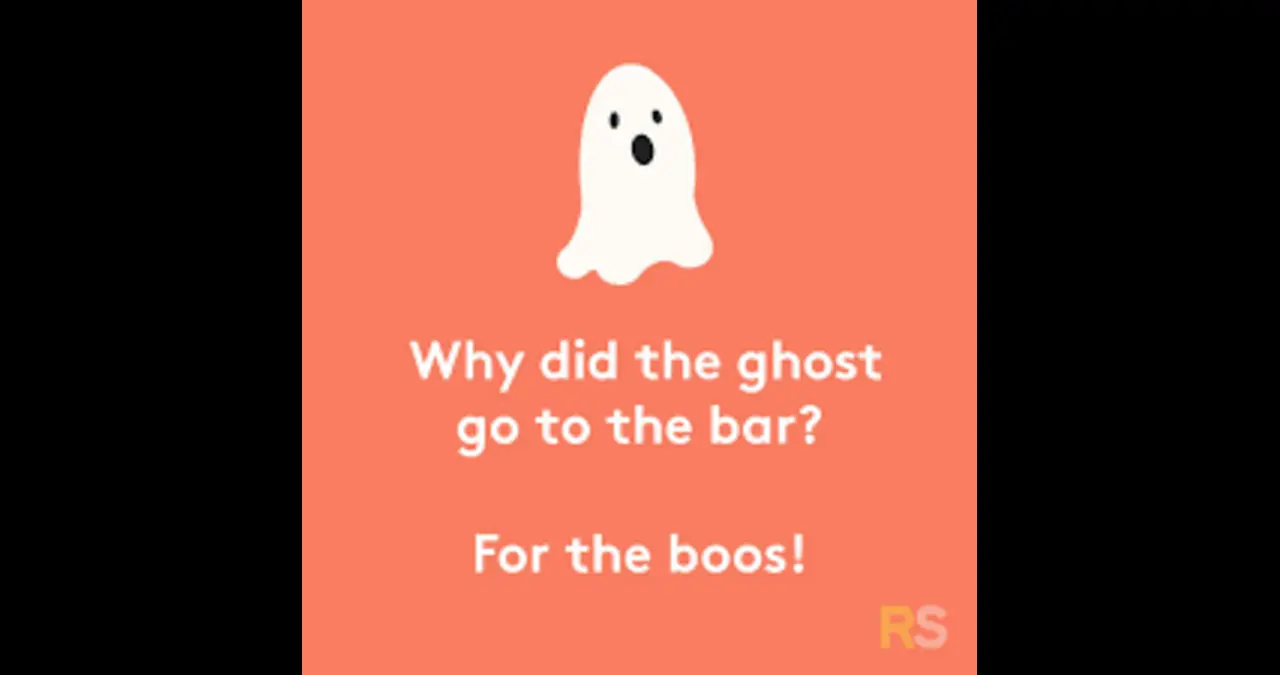Ghost Puns: A Spirited Dive into the World of Boo-tiful Wordplay

Ghost puns are a delightful blend of humor and the supernatural, offering a playful twist on the eerie and mysterious. These puns have become a staple in Halloween celebrations, comedy routines, and everyday conversations, bringing a touch of levity to the concept of the afterlife.
The Essence of Ghost Puns
At their core, ghost puns are a form of wordplay that combines spectral themes with linguistic creativity. They often involve substituting parts of words with “boo,” “spook,” or “phantom” to create humorous effects. This form of humor allows people to engage with the concept of ghosts in a lighthearted and entertaining manner.
For example, saying “I’m here for the boos” at a Halloween party cleverly plays on the dual meaning of “boos” as both ghostly sounds and alcoholic beverages. Such puns serve as icebreakers and conversation starters, making social gatherings more enjoyable.
Ghost Puns in Popular Culture
Ghost puns have permeated various aspects of popular culture, from movies and television shows to merchandise and social media. Characters like Casper the Friendly Ghost and the Ghostbusters have popularized ghost-related humor, often incorporating puns into their dialogues and branding. In the realm of social media, ghost puns are frequently used in memes and captions, especially during the Halloween season. Phrases like “Squad Ghouls” and “Boo Felicia” showcase the adaptability of ghost puns in modern vernacular, appealing to a wide audience.
Crafting Your Ghost Puns
Creating ghost puns can be a fun and creative exercise. The key is to identify words or phrases that can be humorously altered to include ghostly elements. For instance, replacing “beautiful” with “beautiful” or “fantastic” with “phantom-tastic” can yield amusing results.
Consider the context in which the pun will be used. A pun suitable for a children’s Halloween party might differ from one intended for an adult audience. Tailoring the pun to the occasion ensures it resonates appropriately with the audience.
Ghost Puns in Literature and Media
Beyond casual conversation, ghost puns have found their way into literature and media. Authors and screenwriters often use them to add comic relief in horror or supernatural narratives. This juxtaposition of humor and horror can enhance the storytelling experience, making the content more engaging.
In children’s literature, ghost puns are commonly used to make spooky themes more approachable. Books featuring friendly ghosts often employ puns to create a whimsical atmosphere, easing young readers into the concept of the supernatural.
The Psychological Appeal of Ghost Puns
From a psychological perspective, ghost puns allow individuals to confront fears associated with death and the unknown in a non-threatening way. By laughing at ghost-related humor, people can diminish the fear factor associated with the supernatural, gaining a sense of control over their anxieties.
Moreover, humor has therapeutic benefits, Ghost Puns stress reduction and improved mood. Engaging with ghost puns can contribute to overall well-being, especially during times when lightheartedness is needed.

Incorporating Ghost Puns into Celebrations
Ghost puns are a fantastic addition to various celebrations, particularly Halloween. They can be used in party invitations, decorations, games, and even food labels. For example, labeling a punch bowl as “Witch’s Brew” or cookies as “Boo Bites” adds a playful element to the festivities.
Incorporating puns into costumes is another creative avenue. Dressing up as a “ghostwriter” by wearing a ghost costume and carrying a notepad is a clever play on words that can spark conversations and laughter.
Ghost Puns in Education
Educators can utilize ghost puns to make learning more engaging, especially around Halloween. Integrating puns into lessons can capture students’ attention and make complex subjects more relatable. For instance, a science teacher might refer to electrons as “spooky particles” to pique interest.
Additionally, encouraging students to create their puns can enhance language skills, creativity, and critical thinking. This interactive approach to learning fosters a fun and inclusive classroom environment.
The Evolution of Ghost Puns
Over time, ghost puns have evolved, reflecting changes in language and culture. While traditional puns relied on simple wordplay, modern iterations often incorporate contemporary references and slang. This evolution keeps ghost puns relevant and appealing to newer generations.
The digital age has also influenced the proliferation of ghost puns. Social media platforms provide a space for users to share and create puns rapidly, leading to viral trends and widespread adoption of new phrases.
Ghost Puns Around the World
While ghost puns are prevalent in English-speaking cultures, other languages have their versions of spectral humor. These puns often draw from local folklore and linguistic nuances, offering a glimpse into how different societies perceive and engage with the supernatural.
Exploring ghost puns from various cultures can be an enlightening experience, revealing the universal human tendency to use humor as a coping mechanism for the unknown. It also highlights the diversity and richness of global linguistic traditions.
Conclusion
Ghost puns are more than just playful wordplay; they are a testament to human creativity and our ability to find humor in the unknown. Whether used to lighten the mood, celebrate a holiday, or enhance learning, these puns serve as a bridge between the eerie and the entertaining. Embracing ghost puns allows us to confront our fears with laughter and to connect with others through shared humor.



